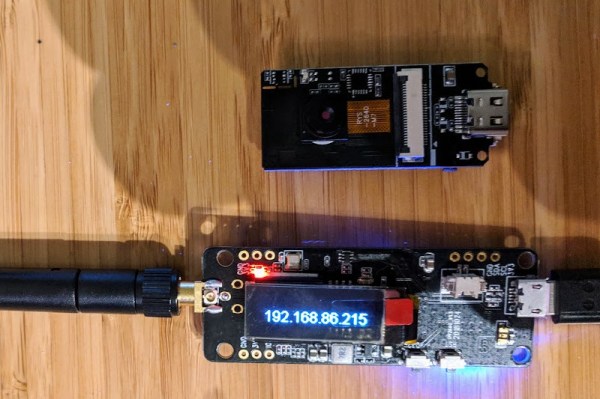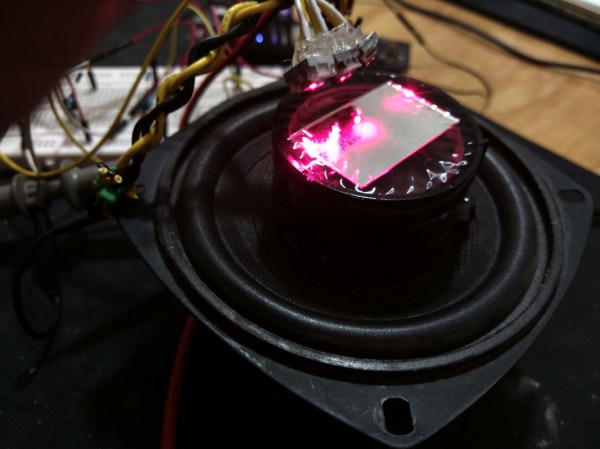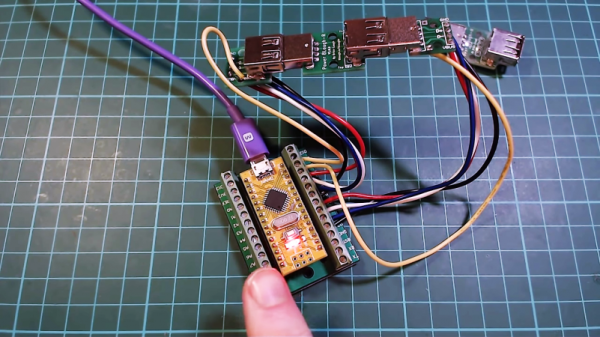Most of us have our fair share of digital debris. After all, with drives measured in one-million-million byte increments it’s tempting to never delete anything. The downside is you may never be able to find anything either. [Johnny Noble] must have gotten pretty fed up with clutter when he decided to formalize and publish his own numeric system for organizing everything he comes in contact with. It’s called Johnny Decimal and it’s actually pretty simple!

This is of course a play on words for the Dewey Decimal system. Dewey is one of a variety of information organization systems used by libraries to sort the books on their shelves. It’s based on moving books into sets of fixed, predefined categories which are uniform across all users of the Dewey. To locate a volume the user composes categories of increasing specificity to build a number which specifies the approximate space a particular book should live in. Each individual volume has a slightly more verbose assigned number which includes the author’s name to reduce confusion in cases where there are multiple works. Wikipedia has an instructive example which you can see here.

Johnny Decimal works similarly but [Johnny] has a specific method he’s devised for the user to create their own categories with somewhat less specificity than Dewey. This makes it less onerous for the user to adapt to their needs, and if it’s easier to use it’s more likely to be used. I won’t spoil the process here, go read his site for instructions.
Ok so why bother? [Johnny] hints at it, but part of the point is to force the user to think about organization in the first place. With no system and an endless torrent of incoming files it’s easy to end up with the giant “~/Downloads” of doom and never improve from there. But with a clearly defined system (which is easy to execute!) the bar to improve things gets much lower. Certainly the thought of a well-organized file system gives us the shivers!
If you’re interested in implementing it in your own systems, the Johnny Decimal site has many pages devoted to explaining how to put together areas and categories, how to handle running out of buckets, the process for developing your own system, and more. If you try it and have luck, send us a note! We’d love to hear about anything you discover. If you’ll excuse us, we’re off to go fix up our parts bins with a marker and some sticky notes.
Continue reading “Hack Your File Hierarchy With Johnny Decimal System (Dewey’s Older Brother)”


















